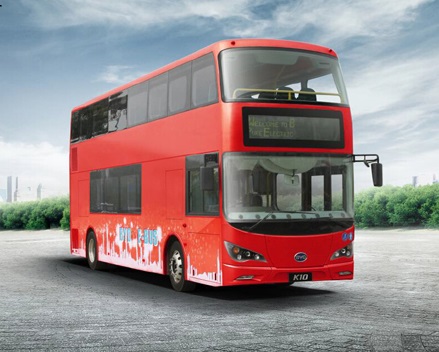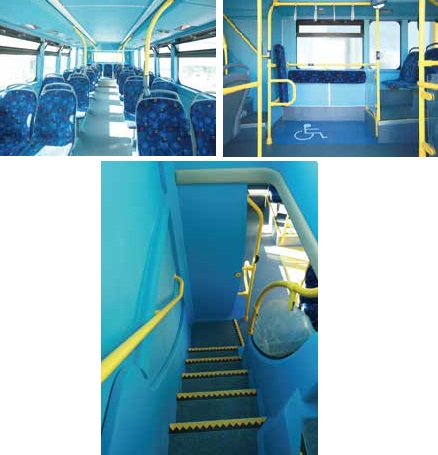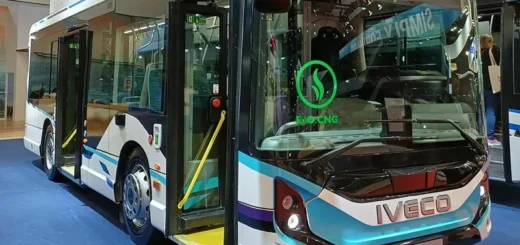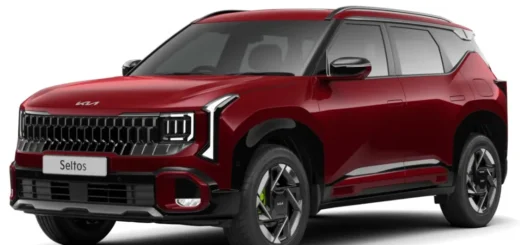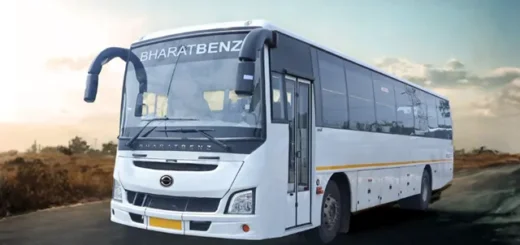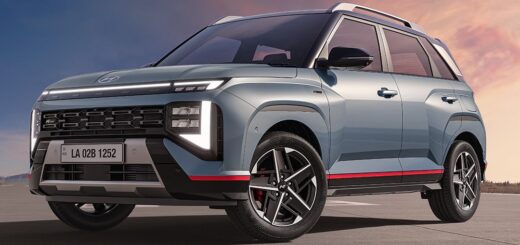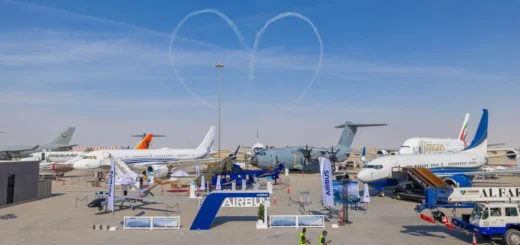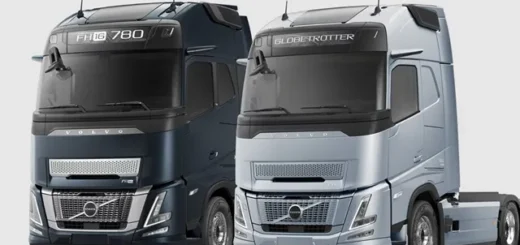BYD Electric Double-Decker Bus (London): All You Need To Know
The legendary city of London today welcomed the world’s first zero-emission double-decker buses onto its streets. Designed and developed by leading Chinese manufacturer BYD, the all-electric buses are powered by Permanent Magnet Synchronous motor and compact, environment-friendly Iron-Phosphate (Fe) battery pack that extends a typical urban driving range of 303 kms (190 miles), with quick recharging that requires only four hours in average conditions.
The fully air-conditioned double-decker buses are 10.2 metres long, with a wheel-base of 5, 950 mm. It can seat a total of 54 commuters along with an additional 27 standees spaces, with a low-floor height of just 363mm. They are built in Scotland, with body building assistance and final assembly carried out by Alexander Dennis Ltd (ADL), a leading bus and coach manufacturer based in UK, while the chassis and battery technology supplied by BYD.
The company says that these buses are specifically designed and developed for Transport for London (TfL), while the buses will be operated by Metroline (a bus operation company) on behalf of TfL on Route 98 as a pilot trial. BYD is also developing fast-charging infrastructure with the help of Metroline.
Technology wise, the BYD e-buses are driven by two wheel-hub Permanent Magnet Synchronous motors delivering 150 kW of maximum power each. They are synced with 345 kWh Iron Phosphate (Fe) batteries developed in-house by BYD. The Fe batteries are fire-safe, fully-recyclable and long-lasting than the regular Li-ion technology.
Further, the battery pack is compact and energy-efficient, thus overcoming the common hurdle of employing multiple batteries at over the rood of the buses, a design that would never work for double-floor buses. Working in tandem is the Regenerative Braking system that recovers otherwise lost energy from braking.
The driving range is also very impressive; the buses can clock up to 303 kms (190 miles) of usual city driving as per internationally recognised SORT test conditions. Recharging can be a quick affair, requiring just four hours that can be done overnight (when not in service) using low-cost regular electricity.
This is more than sufficient for the city bus’s driving cycle, espeically in London’s case – buses can run all day long without any need for recharging. The top speed of the buses are electrically-limited to 70 kmph, with a turning circle of 22.2m. The approach/ departure angle of the bus is 8/10 degrees, while the gradeability is pegged at 16%. The vehicle’s total GVW is 19 tonnes, and uses 275/70 R22.5 tyres.
These pollution-free double-decker buses are similar in layout as the typical London buses, with twin doors and no rear entrance and sealed windows. They are expected to cost around £ 350,000 (INR 3.37 crores) each, and is technological milestone in public transportation. The city of London, illustrious for its fabulous ‘black cabs’ and red-coloured double-deck buses, features a strong 9000 plus bus fleet commuting 6.5 million passengers. Most of these buses are diesel-powered, although a few run on hybrid technology.
Also Read: Project London: The Black Cabs
BYD Auto is a leading manufacturer of cars and buses based in China, with in-house IC engine, hybrid, and pure-electric technologies. The company is a world leader in commercially-successful electric buses, and boasts a strong presence in the select Asian and South American market for its battery-powered ‘K9’ range of e-buses.
Also Read: Ashok Leyland HYBUS Hybrid Bus Using Ultra-Capacitors
Next, would you like to read more on Buses, Urban Buses, Electric Vehicles, or Commercial Vehicles ??

